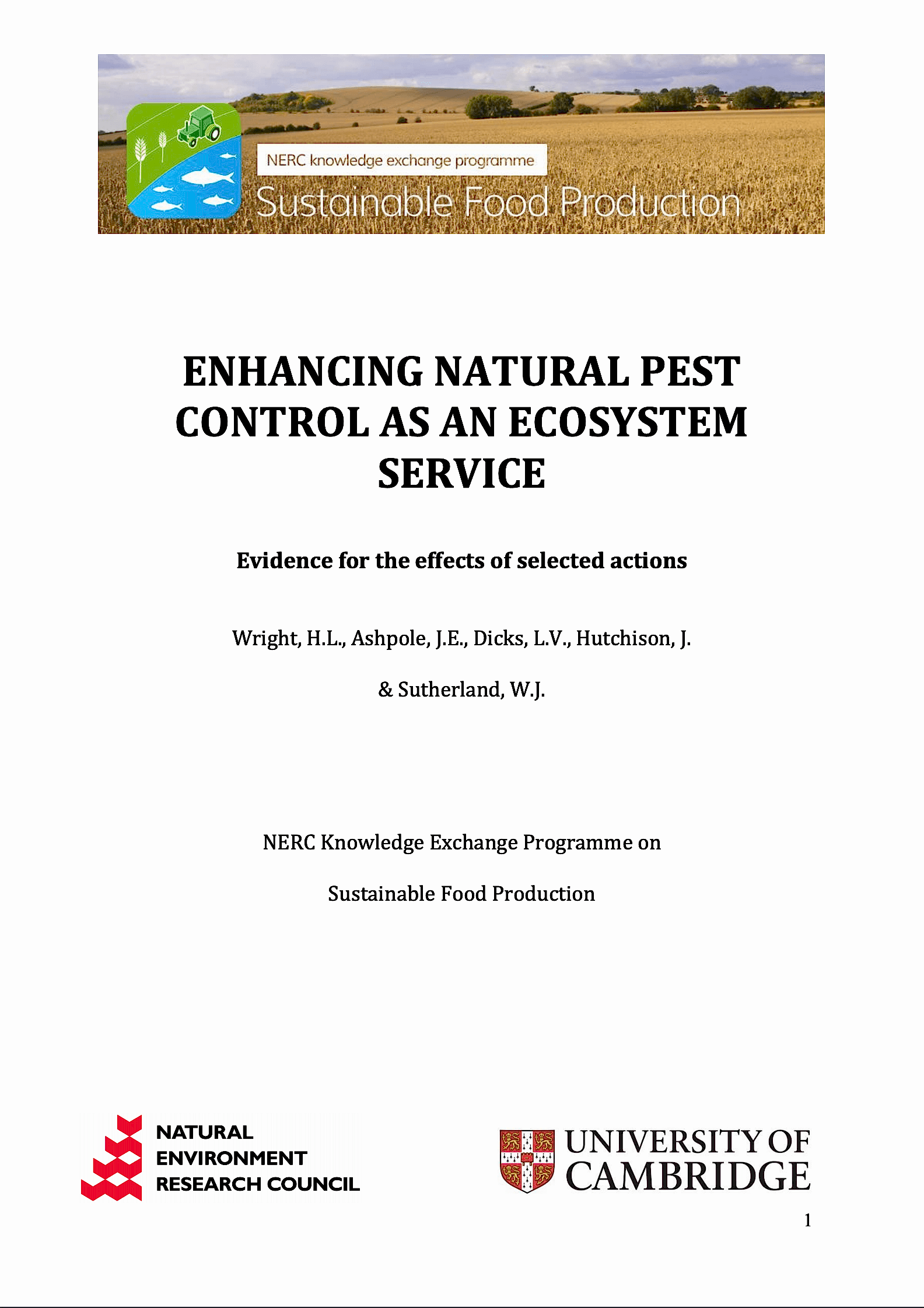Incorporate parasitism rates when setting thresholds for insecticide use
Overall effectiveness category Unknown effectiveness (limited evidence)
Number of studies: 1
View assessment score
Hide assessment score
How is the evidence assessed?
Effectiveness
50%Certainty
10%Harms
5%
Study locations
Supporting evidence from individual studies
A controlled study in 2000-2002 in Hawke’s Bay, New Zealand (Walker et al. 2010) found that tomato Solanum lycopersicum damage from cotton bollworm Helicoverpa armigera larvae did not exceed the commercially acceptable level of 5% on 16 of 17 occasions when treatment decisions were based on parasitism-adjusted pest thresholds. Only 1.2-5.5% of tomatoes were damaged in 11 fields where decisions to not spray crops used thresholds accounting for parasitism (damage exceeded the acceptable 5% level in only one field), and 3.0-3.4% were damaged in two sprayed fields where conventional thresholds (using pest but not parasitism levels) were used. Tomato damage averaged 3.9-7.1% in three unsprayed fields where cotton bollworm numbers exceeded parasitism-adjusted threshold levels. Treatment decisions were made for 22 fields which met or exceeded a conventional threshold of one cotton bollworm larvae/plant, suggesting spraying was necessary. However, in 16 fields and one half-field, crops were only sprayed if bollworm numbers exceeded thresholds adjusted for site-specific parasitism rates (ranging 1-8.3 larvae/plant). Controls included two fields sprayed when only the conventional pest threshold was exceeded, and three fields and one half-field left unsprayed despite exceeding all thresholds. Insecticides included spinosad and Bacillus thuringiensis pesticidal bacteria. Fruit damage was assessed for 40 random plants/field.
Study and other actions tested
Where has this evidence come from?
List of journals searched by synopsis
All the journals searched for all synopses
This Action forms part of the Action Synopsis:
Natural Pest Control
Natural Pest Control - Published 2013
Natural Pest Control Synopsis




















